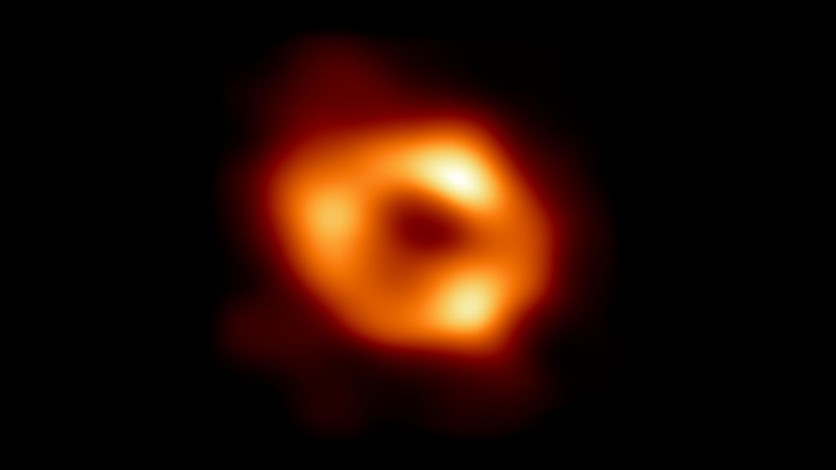Researchers used observations from the Green Bank Telescope (GBT) to find more details about a huge black hole that mysteriously releases bubbles of radiation, according to a press release.

Usually, these supermassive black holes are found at the heart of galaxy clusters in the centers of massive galaxies. Here, the atmospheres are filled with hot plasma, but the temperatures cool down over long periods that allow for stars to form.
In some cases, the supermassive black hole can reheat the surrounding gas by sending out violent bursts from its center. The process is called feedback that can prevent cooling down of the atmosphere.
What the Scientists Found
Scientists from various institutes all over the world used the MUSTANG-2 receiver on the GBT to image the galaxy cluster MS0735 constellation Camelopardalis.
During the observation, they used the Sunyaev-Zeldovic (SZ) effect, which looks at the subtle distortion in the Cosmic Microwave Background (CMB) radiation caused by hot electrons in the gas of a galaxy cluster.
The MUSTANG-2 allowed them to see into the cavities and determine what they are filled with. It also allowed the researchers to know why they don't collapse under pressure.
It has been found that a part pf the pressure support in the cavities comes from non-thermal sources. In addition, they also found that the pressure support within the bubbles is likely more nuanced.
The scientists also used NASA's Chandra X-ray Observatory to gain better views of the gas observed by MUSTANG-2.
Also Read: Black Hole in a Lab? Scientists Aim to Test Stephen Hawking's Theory, 'Hawking Radiation'
Radiation and Feedback
Radiation is a part of the feedback from a huge black hole that can create large cavities inside the hot plasma of the galaxy clusters. When the gas moves farther from the cluster center, it is then replaced by huge bubbles that can emit radiation.
However, the scientists haven't figured out the energy source, which is why they are studying the remains in the cavities.
The cavities also let X-rays escape, which is why they are considered to be vulnerable sites that can be studied further by astronomers.
The research team will be able to find out what processes are responsible for the emission of radiation, which can help them know more about the feedback process.
Supermassive Black Holes
Supermassive black holes, also known as active galactic nuclei, are the ones that are responsible for intense emissions of radiation. They are found at the center of most galaxies, including the Milky Way.
At the same time, it can emit jets of magnetized particles that can travel at nearly the speed of light. Sometimes, it can fire a huge burst of radiation.
Discovering other sources of energy that can give support to the cavities surrounding the supermassive black hole will help the astronomers in learning more about how feedback from a supermassive black hole can affect the evolution of the surrounding galaxy clusters.
Related Article: NASA Black Hole Remix: Hear What the Perseus Galaxy Cluster Sounds Like in This New Drop

ⓒ 2025 TECHTIMES.com All rights reserved. Do not reproduce without permission.




